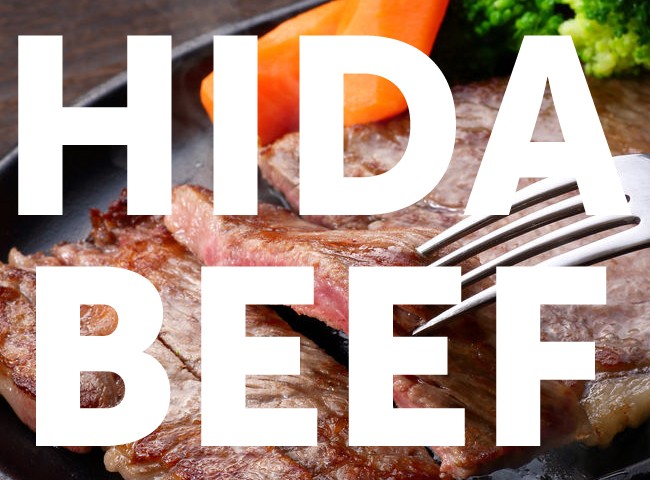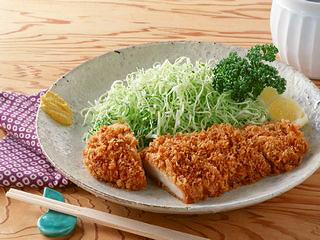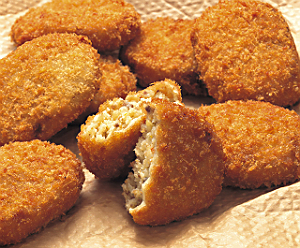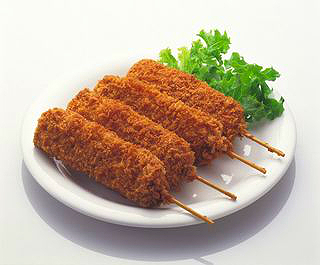Japanese Family Restaurants: Where Casual Comfort Meets Cuisine
A Japanese family restaurant, or famiresu, is a type of informal dining establishment that can be found throughout Japan. They straddle the line between low-priced and mid-range restaurants and are similar to what some Westerners might call a “chain restaurant.” They’re so named for their easygoing atmosphere and reasonable prices, which allow families to dine in comfort even with young children.
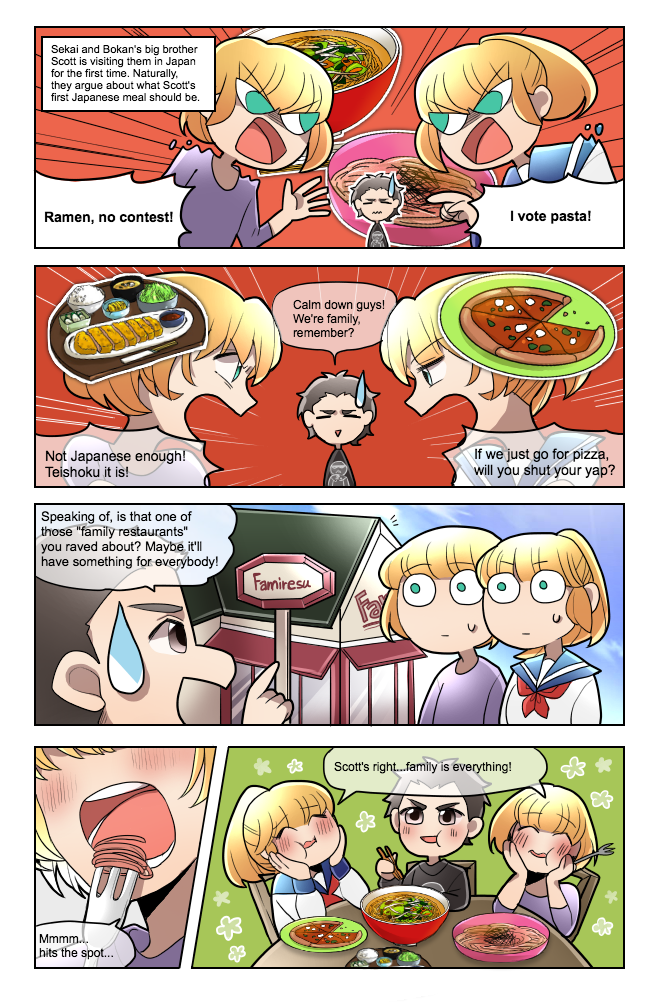
Family restaurants are not limited to only families, though. They’re the perfect place to pop in for a quick coffee by yourself, or to catch up with friends over an easygoing meal as they almost always offer sit-down service (often 24 hours), well-stocked drink bars, and many kinds of cuisine including Japanese, Western, and Chinese to suit every taste. If you’ve never been to a family restaurant in Japan, keep reading to learn the ins and outs of getting a table, placing your order, and paying the bill.
Getting a Table at a Japanese Family Restaurant
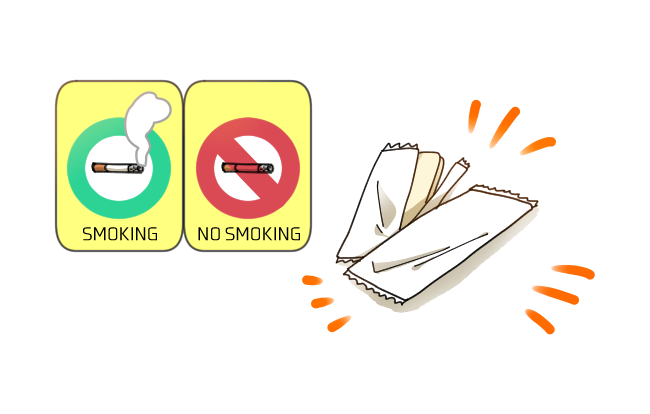
No reservation is required when dining at a family restaurant in Japan. If it’s busy when you arrive, you should see a podium next to the entrance with a waiting list for you to write down your name and the number of people in your party; to help your server call you when a table is ready, write your name in English if it’s easy to read or spell it out phonetically. A small number of seats are also provided next to the podium for waiting patrons, and it’s customary to sit in the order of the names on the list. Some famiresu have kiosks with a digital waitlist where you can choose between table and counter seating and smoking and non-smoking sections. These kiosks typically offer multi-language support, so look for this feature before pushing any other buttons on the screen.
When your party is called, you’ll be asked if you prefer to sit in the smoking or non-smoking seats, and then shown to a table, booth, or counter. Chopsticks and cutlery will usually be found in a tray on your table. Often, there will also be a menu at the table but your server may give you additional menus depending on the size of your group. Your server will also offer you a glass of water and a plastic-wrapped moist towelette called “oshibori” for cleaning your hands.
Placing Your Order
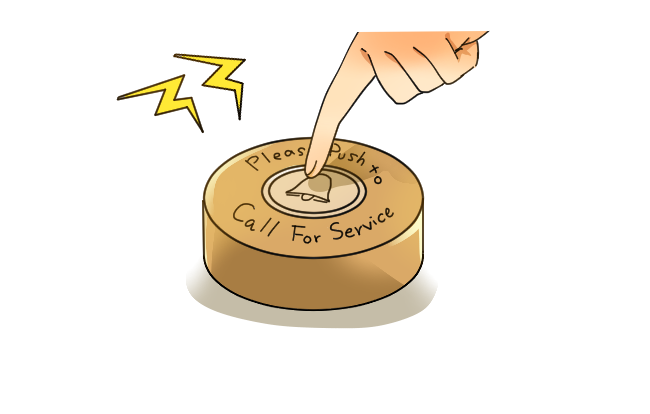
When you’re ready to order, press the button on the table, which will alert the serving staff. The menus have large pictures that make it easy to communicate to the server what you want even if your Japanese language skills are limited. Entrees can usually be made into “sets,” which include a soup, salad, or both and a drink for an additional fee. There may also be teishoku sets, which are Japanese entrees served with a bowl of rice, miso soup, and small sides like Japanese pickles. You can also order menu items tanpin, or à la carte.
Read More: Learn about Teishoku Meal Sets
Typical Menu Options
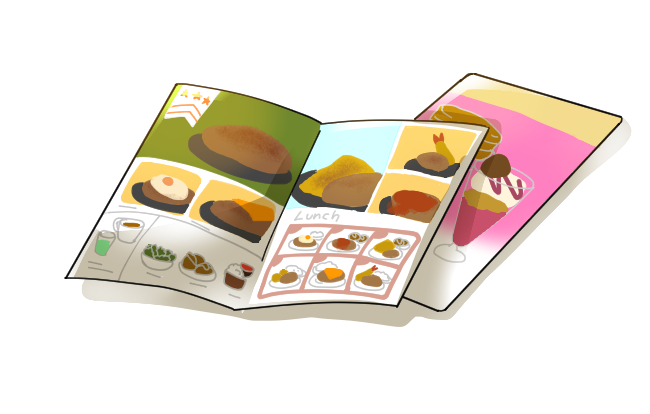
The menus at Japanese family restaurants offer a wide variety of options, including washoku (Japanese cuisine) and yoshoku (Japanese-style western cuisine), with some famiresu chains even specializing in Chinese or Italian cuisine. Menus are typically arranged as follows.
Seasonal Dishes
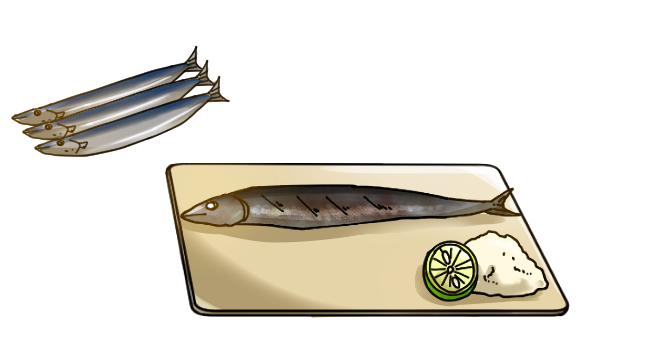
Japanese cooking is all about featuring seasonal ingredients. Look for dishes made with fresh bamboo shoots in the spring, fruit parfaits in the summer, chestnuts in the fall, and fatty fish in the winter. Because seasonal menu offerings change so frequently, expect these dishes to appear on a separate insert rather than as part of the regular menu.
Appetizers
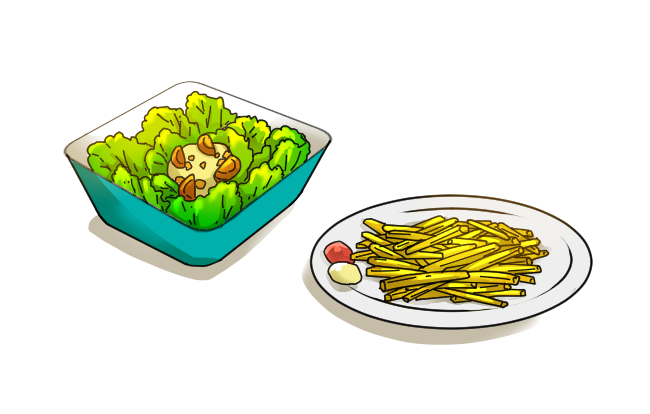
The first section on the menu is typically appetizers like salads, soups, vegetable sides, and dishes that can be easily shared among a group like french fries or fried chicken.
Healthy & Light Options
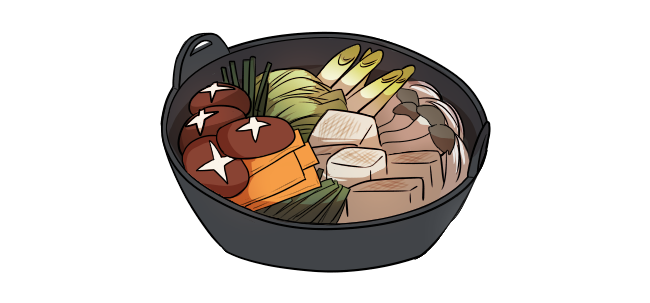
Lighter menu items like dinner salads, tofu dishes, and vegetable-based dishes are usually listed in this section. Dining options for vegan and vegetarians can often be found here as well.
Read More: Savor Japan’s Vegetarian Cuisine
Meat Dishes

This menu section usually features items like beef stew, hambagu (Hamburg steak, not to be confused with hamburgers), and grilled chicken or chicken-based dishes.
Depending on the size of the menu, this section may be broken down further with separate pages for beef, pork, chicken, and fish.
Pizza and Pasta
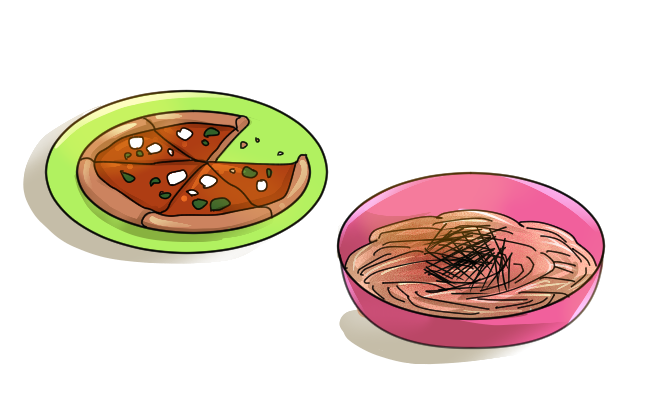
You can expect to find pizza and pasta options available at most Japanese family restaurants specializing in Western cuisine.
Yoshoku

Family restaurants typically serve yoshoku items like hamburgers, gratin and doria, a sort of gratin-like dish made with both rice and noodles topped with béchamel sauce and cheese.
Washoku
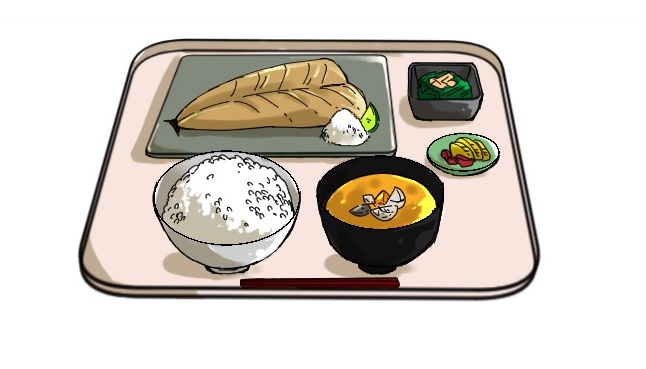
Japanese options featuring rice dishes like donburi (rice bowls) and noodle dishes like udon and soba can usually be found in this section of the menu.
Kids Menu
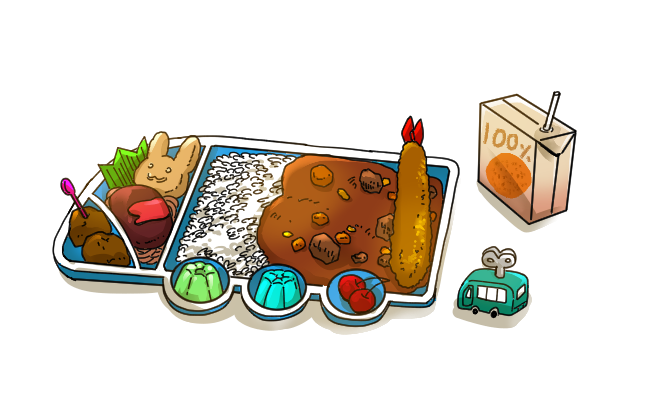
Menu options for children typically feature a plate with kid-friendly yoshoku items, including Spaghetti Neapolitan (Japanese-style spaghetti), omuraisu (omelet rice), and a hambagu patty, as well as a pudding dessert and an orange-flavored beverage. The plate is typically adorned with cute anime character decorations.
Desserts
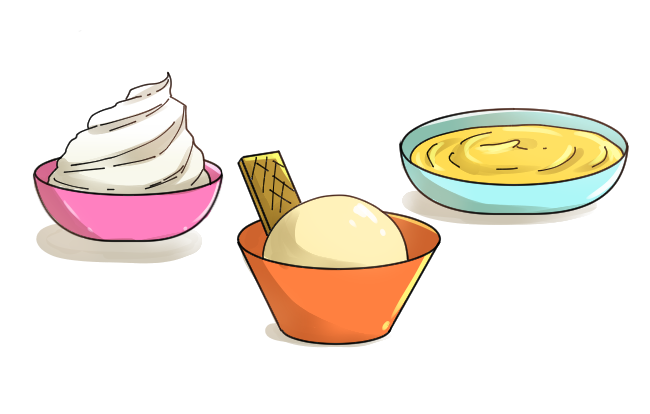
Family restaurants are quite popular for their dessert offerings, from towering parfaits to stacks of pancakes topped with whipped cream and ice cream, cakes, and more.
Typical Drink Options
In addition to boasting extensive food menus, family restaurants in Japan typically offer a wide selection of beverage options.
Self-Service Drink Bar
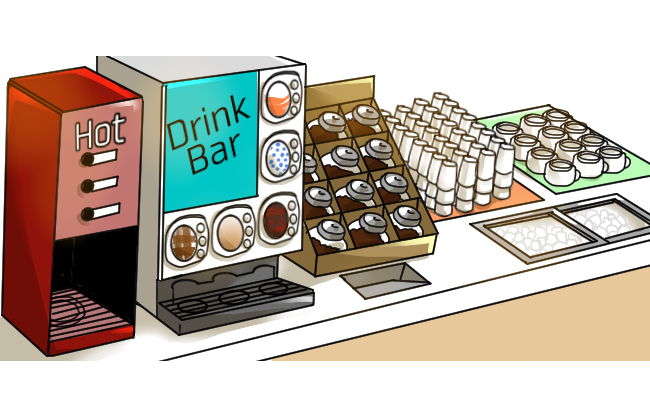
For an additional fee, you can have access to unlimited self-serve drinks from the drink bar, which carries items like tea, coffee, juice, and soft drinks.
Soup Bar
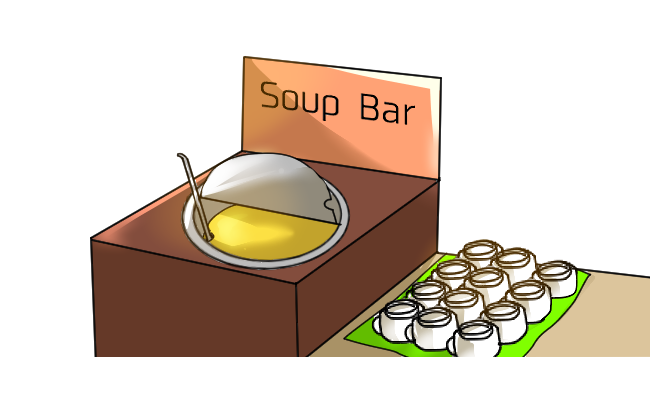
While not technically a beverage, the soup bar—like the drink bar—offers unlimited self-serve soup.
Wine and Beer

Most family restaurants have a basic alcohol menu that includes wine and beer, and sometimes even sake, umeshu (plum wine), and shochu.
Paying the Bill at a Japanese Family Restaurant
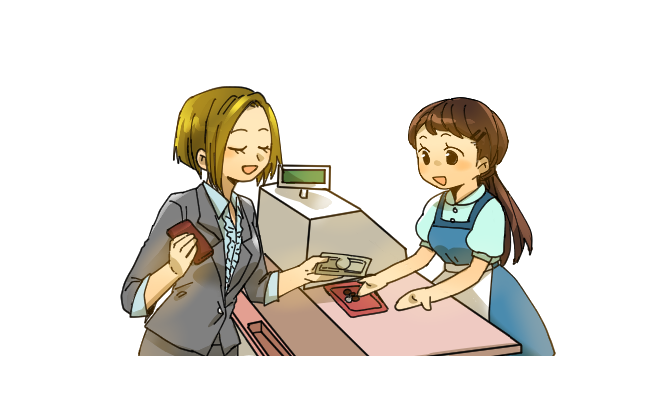
You’ll find the check on your table with a running tally of your order. This will be updated by your server each time you order additional food, drinks, or dessert. When you’re ready to leave, take the bill to the cash register at the entrance of the restaurant for payment. Unlike smaller Japanese restaurants, family restaurants typically accept credit cards, although you may not be able to use some cards that are less common in Japan like Discover Card or American Express.
Some family restaurants will also let you pay separately if you ask for “betsu-betsu” (splitting the check). However, this requires you to tell the cashier what items you ordered so that they can ring up your individual total. When you pay, no tipping is expected as it’s not customary in Japan, and leaving your change behind could confuse the cashier.
Read More: Essential Japanese Restaurant Etiquette
Enjoying Family Restaurants in Japan Begins with Gurunavi
Japanese family restaurants provide easy dining with a wide variety of dishes across many different cuisines. They’re a great place to go whether you’re visiting Japan or a foreign resident missing Western food; so if you’ve got a craving for comfort food in a casual atmosphere, check Gurunavi’s listings for family restaurants close to your area.
And if your travels in Japan have you visiting Tokyo with kids, be sure to read our list of 8 Must-Visit Kid-Friendly Restaurants in Tokyo.





